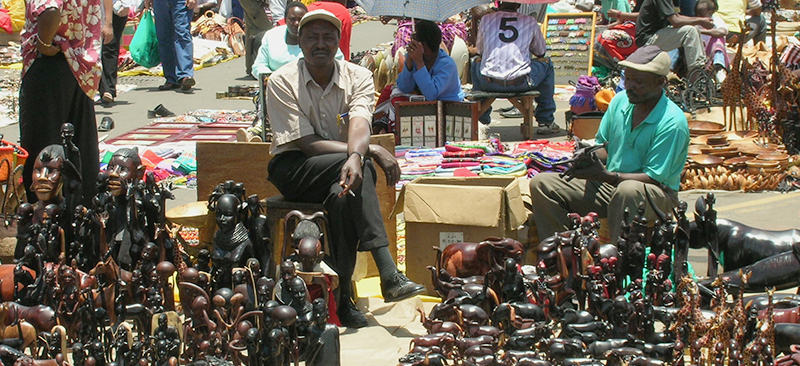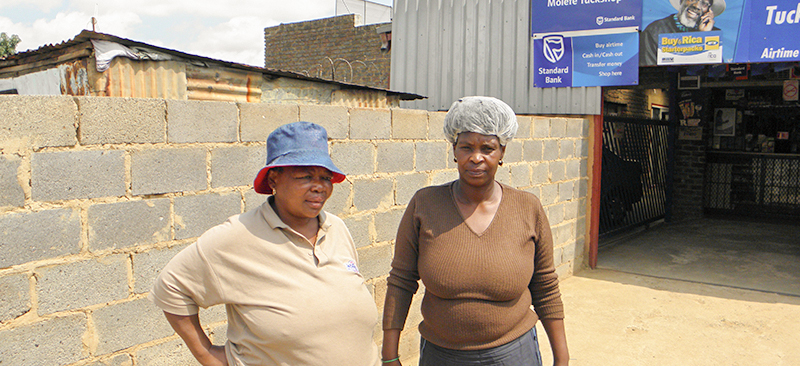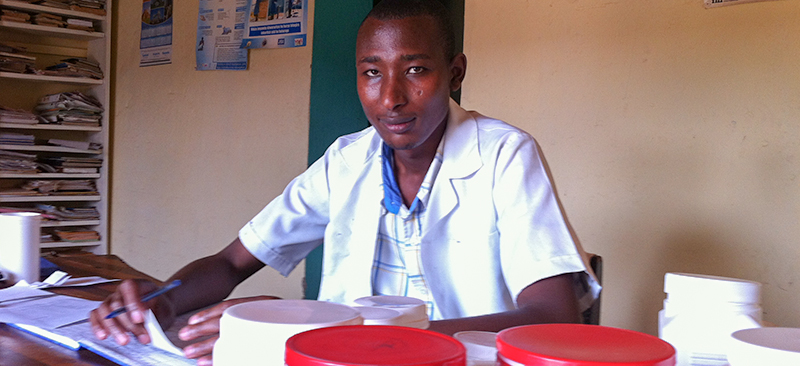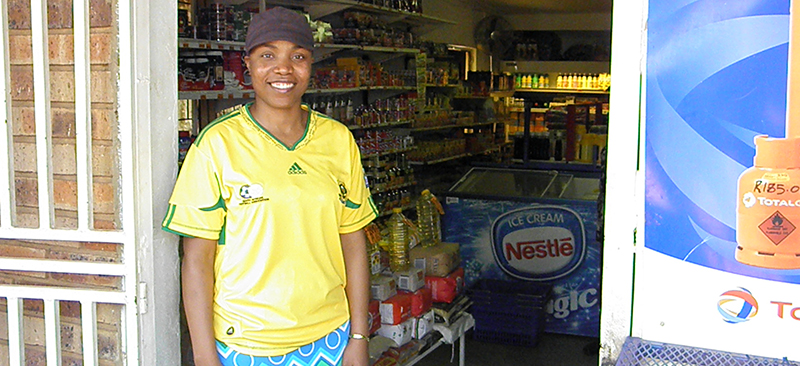Draws lessons from the informal sector financial systems in East Africa, West Africa, South Africa and India and their implications for microfinance institutions.
Blog
Savings Products and Services in the Informal Sector and Microfinance Institutions in West Africa: The Case of Mali and Benin
Looks at how poor people use informal, semi-formal and formal sector savings systems and services to better manage their household income and expenditure flows. The paper also examines the impact of the availability (or otherwise) of a variety of saving systems and services.
HIV/AIDS -Responding To A Silent Economic Crisis Among Microfinance Clients In Kenya and Uganda
Examines how infected and affected households’ finances are impacted by HIV/AIDS. The paper also examines how households respond to and manage the crisis that HIV/AIDS brings and how MFIs might assist them to do so.
Use and Impact of Savings Services Among Poor People in Zimbabwe: What It Means for Microfinance Institutions
This study outlines the reasons for which poor people save and the methods through which they rely on generally informal mechanisms in Zimbabwe. The common informal mechanisms popular in Zimbabwe are burial societies, RoSCAs and ASCAS, Savings clubs, Saving at home, Savings in kind – and the gender dimension, saving with employer, reciprocal lending. The microfinance institutions (MFIs), housing cooperatives and savings and credit cooperatives (SAACOs) constitute the semi formal sector, while building societies, unit trusts and shares, funeral insurance companies are the popular forms for informal sector. It also reviews the key features that attract clients toward savings facilities some of which are related to minimum opening balance, flexibility in withdrawals, and proximity to clients’ places.
Passing The Buck Money Transfer Systems: The Practice and Potential for Products in Tanzania and Uganda
This paper is a synthesis of a series of findings of MicroSave market research studies on how low-income individuals and small or microentrepreneurs transfer money and make payments in Kenya, Tanzania, and Uganda, the three countries comprising the East African Community (EAC). It analyses the reasons for sending money and the regulated services and other ways available to transfer money on the basis of interviews with microfinance clients as users and banks and other service providers in all three countries. Combining their perspectives with complementary research, the paper identifies gaps and weaknesses in the existing money transfer services. These gaps offer a market opportunity for new or different services, including the potential for services by microfinance institutions (MFIs)
ASA’s Culture, Competition and Choice: Introducing Savings Services into a MicroCredit Institution
This document highlights Association for Social Advancement (ASA), Bangladesh’s provision of financial services to 1.5 million poor people. This study summarises the dynamics of institutional change within the organisation during its transformation from a micro-credit to a microfinance institution. It analyses ASA’s decision to introduce open access savings services when most of the other large micro-credit institutions in Bangladesh were unwilling to do so. The study briefly discusses the changes in fund management, information systems, internal control, staffs work pattern and the clients’ attitude towards the institution and the products it offers. It outlines different types of accounts and their results and explores the financial implications of savings mobilisation. The study lays emphasis on the fact that the experience of ASA provides important lessons for micro-credit institutions seeking to follow its lead in order to introduce savings services.





